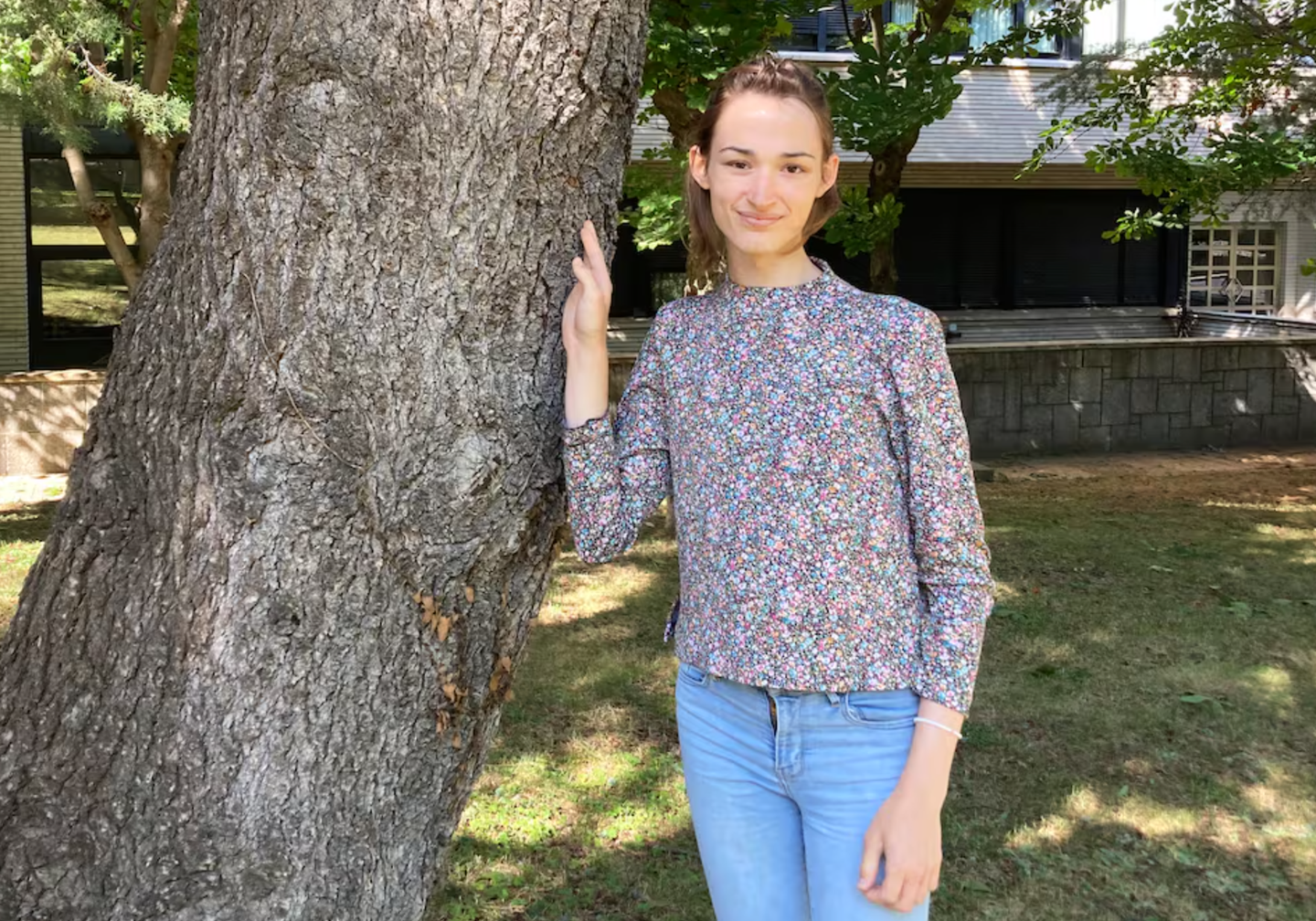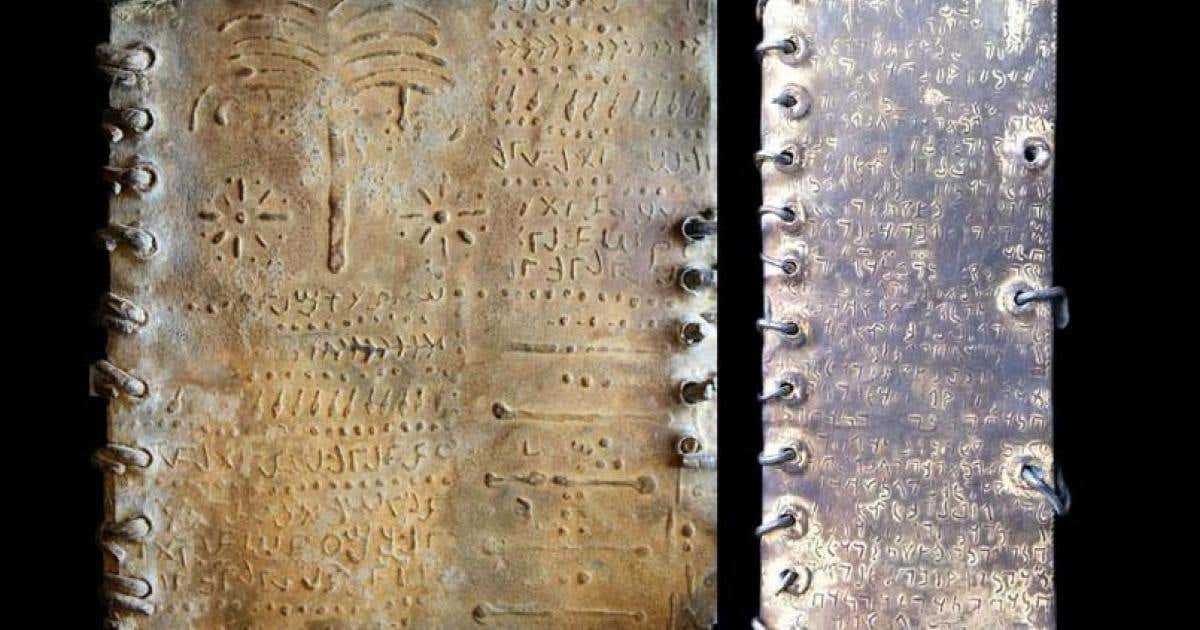Teen stuns math community by disproving widely accepted 40-year-old math conjecture
A 17-year-old solved the Mizohata-Takeuchi conjecture, overturning decades of expert belief in harmonic analysis.

17 year-old Hannah Cairo cracked the Mizohata-Takeuchi conjecture. (CREDIT: Hannah Cairo)
Hannah Cairo found herself stuck on a problem that wouldn’t leave her mind. It wasn’t a regular homework assignment—it was a decades-old mathematical puzzle believed to be true by leading experts in harmonic analysis. For weeks, the 17-year-old explored every angle of the Mizohata-Takeuchi conjecture, a problem first introduced in the 1980s.
After months of failed attempts and relentless thinking, Cairo discovered something unexpected: a counterexample. “After several failed attempts, I found a way to construct a counterexample,” she said, describing the moment she realized the conjecture was false.
Her proof didn’t come easily. Cairo used a wide range of tools, including fractals, to arrange her approach precisely. “It took me a while to convince Ruixiang Zhang that my proposal was actually correct,” she said. Zhang, a professor who had introduced the problem during a course assignment, eventually saw the strength of her solution.
Cairo’s insight not only overturned what many in the field assumed was true, but also proved that the structure underlying the conjecture wasn’t as universal as once thought.
From Bahamas to the Center of Harmonic Analysis
Cairo’s journey started far from the spotlight. Born in Nassau, Bahamas, she moved to the United States and entered high school, but her mathematical path quickly extended far beyond the classroom. She contacted professors at the University of California, Berkeley, asking if she could sit in on their classes. Among those who agreed was Professor Zhang, whose class would later introduce her to the problem she couldn’t put down.
The conjecture came up as an optional assignment, a small part of a larger homework set. Though it was framed as a challenge only meant to stretch students’ curiosity, Cairo became consumed by it. “I became obsessed with it,” she admitted.
The Mizohata-Takeuchi conjecture falls within harmonic analysis, a field focused on breaking down complex functions into simpler wave-like parts, such as sine and cosine functions. This work has wide applications, from signal processing and data compression to wireless communication systems.
Related Stories
The field began with French mathematician Joseph Fourier in the early 1800s, who showed that heat diffusion could be described using sums of wave functions. Cairo summed it up by saying, “In the theory of harmonic analysis, everything is made up of waves.”
Fourier restriction theory, the specific branch involved in the conjecture, explores what shapes can be constructed using only a limited range of wave patterns. The Mizohata-Takeuchi conjecture suggested that if you use only certain waves, the result will always form a shape made entirely of straight lines. But Cairo’s counterexample proved that wasn’t always the case.
The Mizohata–Takeuchi conjecture in Simple Terms
The Mizohata–Takeuchi conjecture is a mathematical idea related to how solutions behave for certain types of partial differential equations (PDEs)—the kinds of equations used to describe things like waves, heat, and fluid flow.
The conjecture says that for a certain kind of mathematical operator (called a differential operator), you can't always expect to find a solution that behaves nicely—unless the coefficients in the equation meet specific smoothness conditions.
Even simpler:
Think of trying to predict how a wave moves through different materials. If the material suddenly changes in a messy or rough way, the math used to model the wave might break down. The Mizohata–Takeuchi conjecture is about identifying when this breakdown happens, especially when the underlying math is not smooth enough.
It turns out that if certain smoothness rules aren't followed, even very simple equations may have no meaningful solutions—or the solutions might behave wildly or unpredictably.
The conjecture was proven true, so it's now a theorem, and it helped mathematicians better understand when equations used in physics and engineering are actually solvable.
A Breakthrough on the Global Stage
After solving the problem, Cairo reworked the proof by transforming it into frequency space—a more abstract mathematical domain where wave behavior becomes clearer. That’s when she realized she could build an even simpler counterexample. “Once I obtained the first counterexample, I tried to reformulate the entire problem in frequency space,” she said. That clarity led to a better understanding of why the conjecture failed.
Her work earned her an invitation to speak at the 12th International Congress on Harmonic Analysis and Partial Differential Equations in El Escorial, Spain. The event, organized by the Institute of Mathematical Sciences and the Autonomous University of Madrid, is one of the most respected conferences in the field. It marked her first international trip as a scientist.
Cairo didn’t just attend—she gave one of the featured talks. Despite being surrounded by older, experienced researchers, she embraced the opportunity. “It’s a wonderful experience spending time with other people who love mathematics,” she said. She enjoys speaking to groups and loves helping others understand math. “My vocation is to help other people, to make them happy,” she explained.
A Life Built Around Mathematical Curiosity
Cairo’s love for math began early. She taught herself advanced topics using textbooks, long before entering university classes. She first thought she would pursue number theory and even wrote a paper on it at age 13 or 14. “It dealt with a problem that nobody cared about,” she joked.
Her mathematical world opened wider during the COVID-19 pandemic. Because summer programs moved online, Cairo was able to join the Berkeley Math Circle remotely from the Bahamas. The Math Circle brings together students to explore complex problems through teamwork and creative thinking. “Math circles are about exploring and sharing your ideas with friends. The work is similar to painting a picture with your ideas,” she said.
Her talent stood out, and the program director invited her to teach at future sessions. That experience helped her grow not just as a problem-solver but as a teacher, too. “It’s not about achieving a tangible goal,” she said, “but about understanding things and asking questions.”
This fall, she will begin a Ph.D. at the University of Maryland, where she’ll continue studying under Zhang’s guidance. Their collaboration, which started with a homework problem, has grown into a full research partnership. “He spent countless hours tutoring me,” Cairo said. She hopes to form her own math circle or study group at Maryland to give other students the same sense of discovery and support.
Meanwhile, in Spain, ICMAT’s new Mathematics Intensive Programme is aiming to find and support other gifted young mathematicians like Cairo. These programs echo the support Cairo received through outreach and mentorship, showing how the right encouragement at the right time can lead to extraordinary breakthroughs.
Hannah Cairo's work is available online in the journal arXiv.
Note: The article above provided above by The Brighter Side of News.
Like these kind of feel good stories? Get The Brighter Side of News' newsletter.



